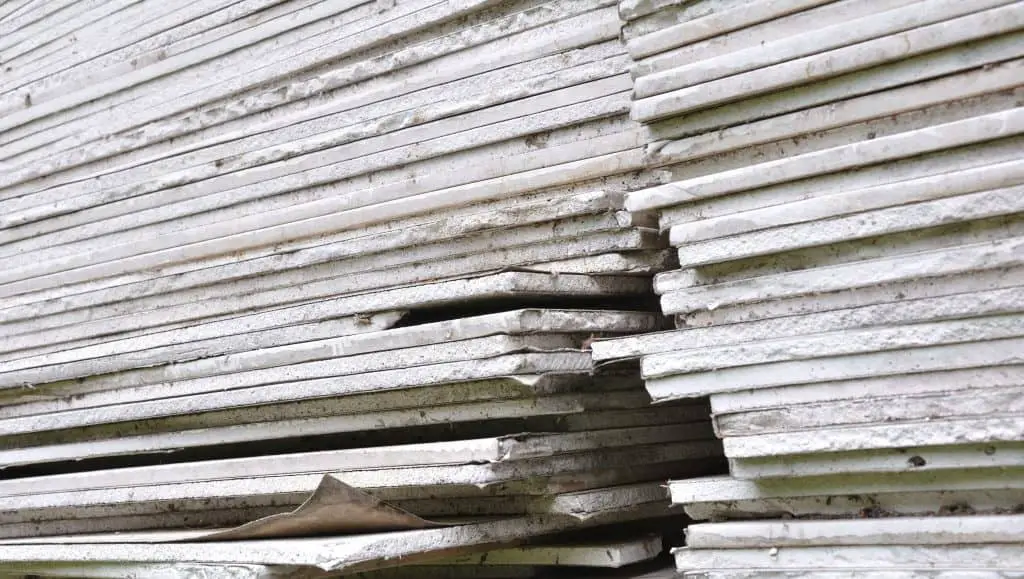When hanging drywall, choosing the right thickness is crucial for the durability and functionality of your walls. The common options are 1/2 inch and 5/8 inch, each suitable for different situations.
1/2-inch Drywall is typically used in residential spaces like living rooms and bedrooms. It’s ideal where building codes don’t demand specific fire, mold, or moisture-resistant materials. This thickness is cost-effective and suitable for areas without extreme moisture or heat.
Pros of 1/2-inch Drywall:
- More affordable
- Suitable for residential use
- Adequate for non-moisture-prone areas
Cons of 1/2-inch Drywall:
- Less durable
- Inadequate for commercial buildings
- Lower insulation capability
5/8-inch Drywall is often chosen for commercial buildings, areas requiring soundproofing, or where enhanced fire resistance is necessary. It’s thicker and more robust, making it a good choice for ceilings to prevent sagging.
Pros of 5/8-inch Drywall:
- Higher durability
- Better for soundproofing and fire resistance
- Suitable for both residential and commercial use
Cons of 5/8-inch Drywall:
- More expensive
- Heavier, requiring a sturdy base

Key Differences Between 1/2-inch and 5/8-inch Drywall
Insulation: 5/8-inch drywall offers better insulation, maintaining a comfortable indoor climate.
Moisture and Fire Resistance: 5/8-inch drywall outperforms 1/2-inch in both moisture and fire resistance.
Cost: 5/8-inch drywall is more expensive, making it a significant consideration for budget-conscious projects.
Ceiling Applications: 5/8-inch drywall is generally required for ceilings due to its non-sagging nature and compliance with fire codes.
FAQ
Is 5/8-inch Drywall Required For Ceilings?
Can You Use 1/2-inch Drywall For the Ceiling?
How To Determine the Right Drywall Thickness?
In conclusion, the decision between 1/2-inch and 5/8-inch drywall hinges on factors like building requirements, room conditions, and budget. Understanding these differences ensures you make the best choice for your specific needs.
